Introduction
Digital Marketing can seem very techy and machine-y, and can definitely feel overwhelming. At its core, though, digital marketing is just like a human relationship. And that is what your business is all about, right? The people you are serving. Digital marketing is the way to find those people, then build and nourish those strangers into a natural, organic friendship. This is what we call the “Buyer’s Journey”. If done right, this will be a friendship that lasts a long time.
Understanding this relationship is perhaps the most vital part of marketing. Behavioral scientist Desmond Morris discovered that there are 12 stages of human intimacy. Morris found that those couples who followed these 12 stages typically maintained strong long term relationships. Generally, if two or more of these stages are skipped at a time (and even just one, depending on the circumstances), well, that is typically considered assault (resulting in an unsuccessful short term relationship, with obvious long term negative consequences).
Building Healthy Relationships
There is no shortcut to a long-lasting healthy relationship. Unfortunately, that is exactly what many companies are figuratively doing with their marketing – taking shortcuts, committing marketing assault. Not only does it hurt your potential customers, it hurts your brand.
As we said before, digital marketing should be treated as a human relationship. Your goal as a marketer is to figuratively guide your audience through the Buyer’s Journey. This relationship means delivering the correct piece of content, to the correct person, at the correct time. It is in this process that many companies fail.
5 Stages of Human Intimacy
Below are the first five stages of human intimacy, that closely parallel the Buyer’s Journey every marketer should follow.
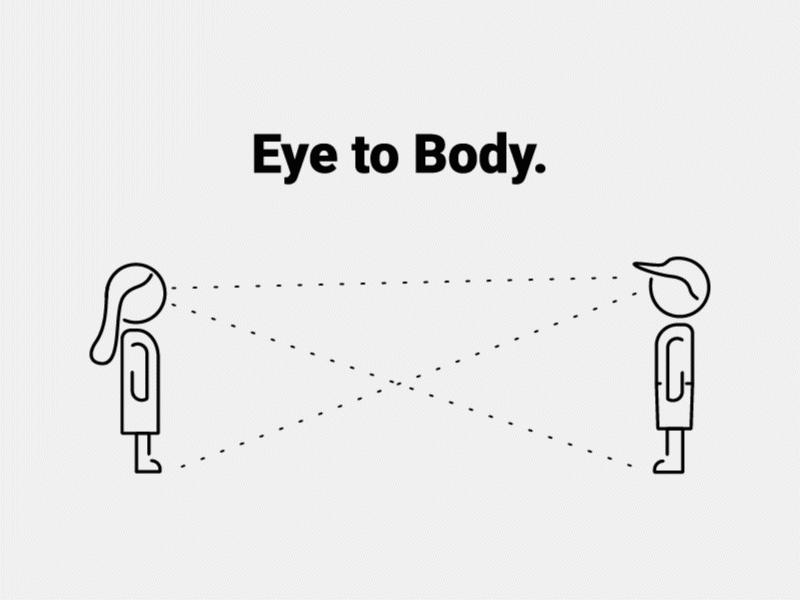
- Eye to body. You notice the person. For marketers, this is identifying your target market.
- Eye to eye. Your eyes meet. You notice each other. For marketers, this is the first point of contact. They are now aware of you.
- Voice to voice. You call or text, or email back and forth. Your relationship starts to grow. This stage, the permission stage, should last the longest.
- Hand to hand. You hold hands. At this point, they have enough trust in you for you to make an offer, and they purchase your product.
- Hand to shoulder. You put your arm around their shoulder. This publicizes your relationship. This is the ambassador stage. At this point, the customer has purchased your product or service and is publicly endorsing your brand.
The Marketing Funnel
Knowing this, it is imperative to understand what type of marketing assets to send to whom and when, and how to send it to them. Broadly, we can separate our audiences into three segments: Cold, Warm and Hot. You may have heard these terms used before we talking about leads. Essentially, the marketing funnel is a way to walk potential customers through your Buyer’s Journey.
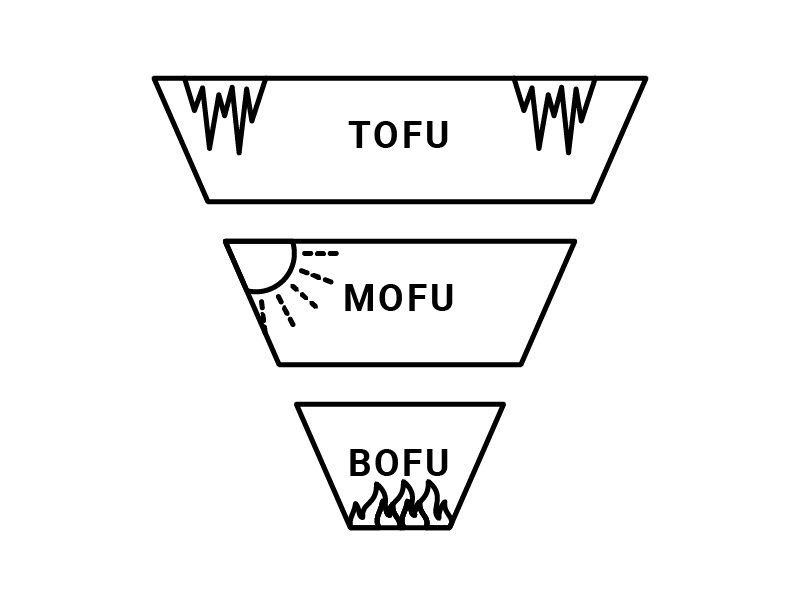
Cold
In Funnel terms, our cold audiences (strangers that we think might be interested in us) are placed at the Top Of The Funnel, or as we like to say TOFU.
Warm
Our warmer audiences, (those whom we have engaged with a few times and they have so far chosen to stick around) are pooled into the Middle of The Funnel (MOFU) and our
Hot
Hot audience (the folks ready to give you their money and tell the world about you) we place in the Bottom of The Funnel (BOFU).
The Buyer’s Journey
Let’s break this down: Your goal is to find people who need or want your product/service. At the beginning of the Buyer’s Journey, the cold audience member might not even be aware that they need or want your product. However, you have acquired enough data through interests, behaviors, and demographics, that you have a highly educated assumption that this person most likely has a problem that you can solve. This is the first stage in which you have identified your target audience.

Stage 1 – Identify Your Desired End-User
When identifying your target audience, you want to go beyond just common demographics such as age, gender, and location. What are they interested in? What are they reading? Who do they follow? What events do they attend? What is the problem they are trying to solve in their life?

You want to ask as many questions as possible to narrow down as best you can, where your desired end-user is hanging out. If this stage is misinterpreted, the entire customer journey is compromised, as you will be presenting a solution to a group of people that simply don’t have a need for your solution. It is one thing to send a piece of content to someone at the wrong phase of the Buyer’s Journey. That can be healed. It is a complete loss, however, if you send paid media to a cold audience that isn’t even interested in your product or service.
Stage 2 – Awareness (Top of Funnel)
After you have identified your desired end-user, your first task is to make them aware that they have a need or want. The main point is to gather their attention in a way that isn’t intrusive or violating, but instead meets them where they’re at. This can be done through various awareness tactics (social media, remarketing, website, etc). Remember at this stage, they don’t know you, and they aren’t even aware that they necessarily have a problem, let alone need a solution. But, we need to get in front of them, and we need to begin the conversation that maybe there is something missing in their life. That is where our customer avatar research comes in. We know, within a calculated range what their interests are.
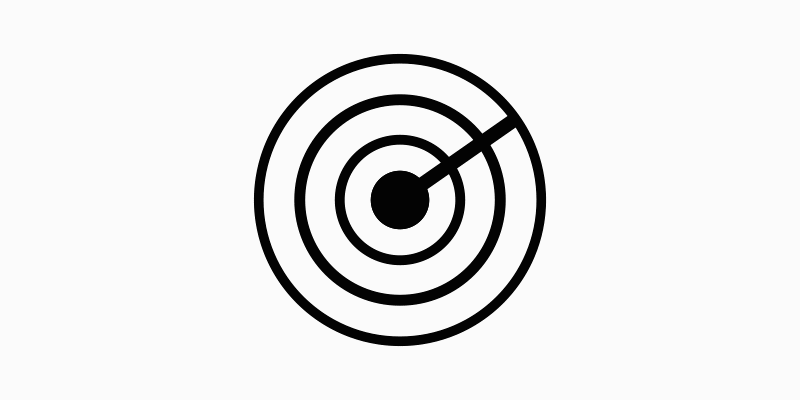
The best way to reach a cold audience member is by sending valuable, completely free content to them through paid media. This could be sending a video on how to improve your golf swing to people who have a deep interest in golf. This could also show up in the form of a blog with SEO or PPC tactics. This blog should be ungated and it must deliver valuable content.
Stage 3 – Permission (Middle of The Funnel)
Your next task is to make them aware that there are options for them to consider that will fulfill their need or want. At this point, you are still providing them with valuable information, although you have migrated from entertaining them to educating them. We utilize re-marketing tactics to send more focused and direct content to those who showed an interest in the first level of content. Let’s say the golfer is now aware that they want to improve their golf swing, but they aren’t sure what that means moving forward. This content should show them that there are solutions to improving their golf swing available to people just like them.
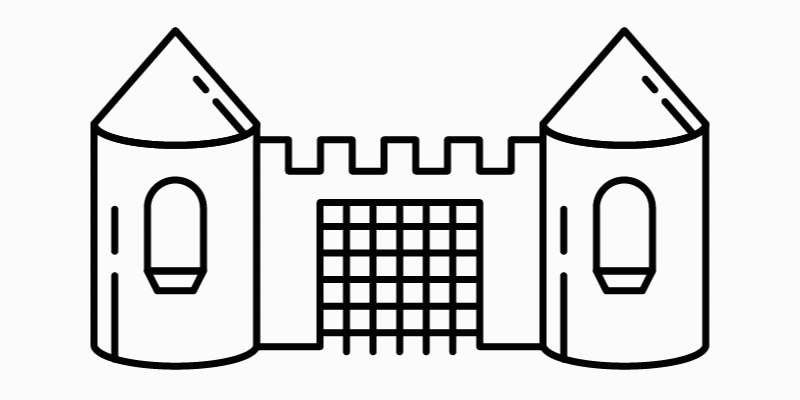
At this stage, you have built up enough equity in the relationship to ask them for permission to talk to them one on one. This typically involves the end-user giving their email in exchange for a valuable piece of gated content that isn’t available to the general public. This can be a webinar, a pdf, a free trial. Whatever it is, it must be enticing and valuable enough for the end-user to feel comfortable giving their email away. It is in this gated piece of content that you can inform them that your company has a product or service that will uniquely fulfill the need or want that the end-user has. At this point, you both know each other well, and the potential customer is starting to gain trust in you and is even open to considering your offer.
Stage 4 – Conversion (Bottom of the Funnel)
Stage 4, you make an offer, and the customer makes an educated and informed decision to purchase. There will be those end-users that have finally found what they were looking for and move forward through the process rapidly, making a decision to purchase on their own. For those who need to be nourished into this decision, we can offer them less intimidating deals, that minimize the mental barriers to purchase.
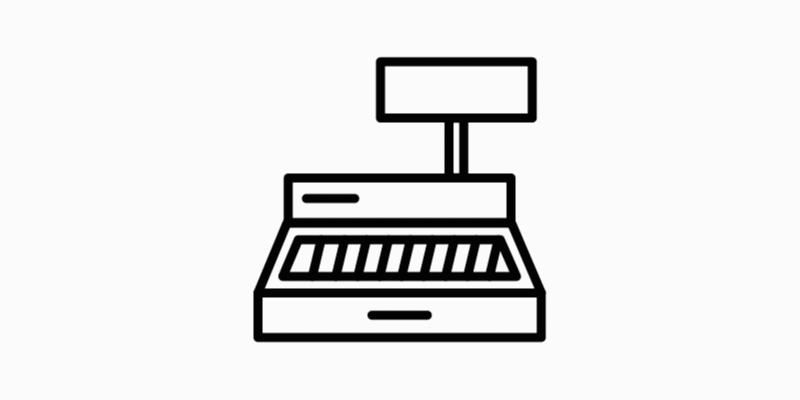
Email marketing has proven to be a consistent leader in eCommerce sales. Communicating offers with your potential customers through email is an effective way to present these types of sales. We also utilize re-marketing for those who showed interest, perhaps even filled up their online carts but abandon at checkout.
Stage 5 – Ambassador
Congrats, you have successfully mobilized a cold prospect into a paying customer. But don’t forget about one of the most important stages, stage 5, or the ambassador stage. Your ultimate goal should be to make super fans of your brand, people who publicly and unashamedly shout about you from the rooftops. People who come back for more of your products, and tell others that your product is the best product.

Ascending a paying customer isn’t just a next step of the process, it requires superior service and content strategy throughout the entire funnel. When a consumer feels affiliated with an organization, they are more likely to ascend to this super fan stage. Consumers who make it to this stage typically felt well cared for and nourished throughout their buying journey. This is the culmination of a healthy relationship.
Conclusion
Building a Long Lasting Relationship Takes Time
Not all customers enter at the top of the funnel, and not all need to be carefully guided through each phase of the Buyer’s Journey. The reality is, you will have consumers who skip stages on their own, as they know what they are looking for already. Of course, there will be consumers that do need all of your energy and attention in order to complete the buyer’s journey. The most important aspect then is to stay, consistent, transparent and genuine in your digital marketing strategy and tactics, to ensure that wherever the consumer enters into the buyer’s journey, they are met with what they need to move forward.
It is imperative that you are cognizant of where each prospect is along the journey, and that you understand the type of content that is appropriate for that stage of the buyer’s journey. You don’t want to send a bottom of funnel offer to a top of funnel cold prospect, and vis-versa. Skipping stages loses potential long term customers. As we said before, there are no shortcuts to creating long-lasting relationships, and that holds true for the relationship between the buyer and the organization.
